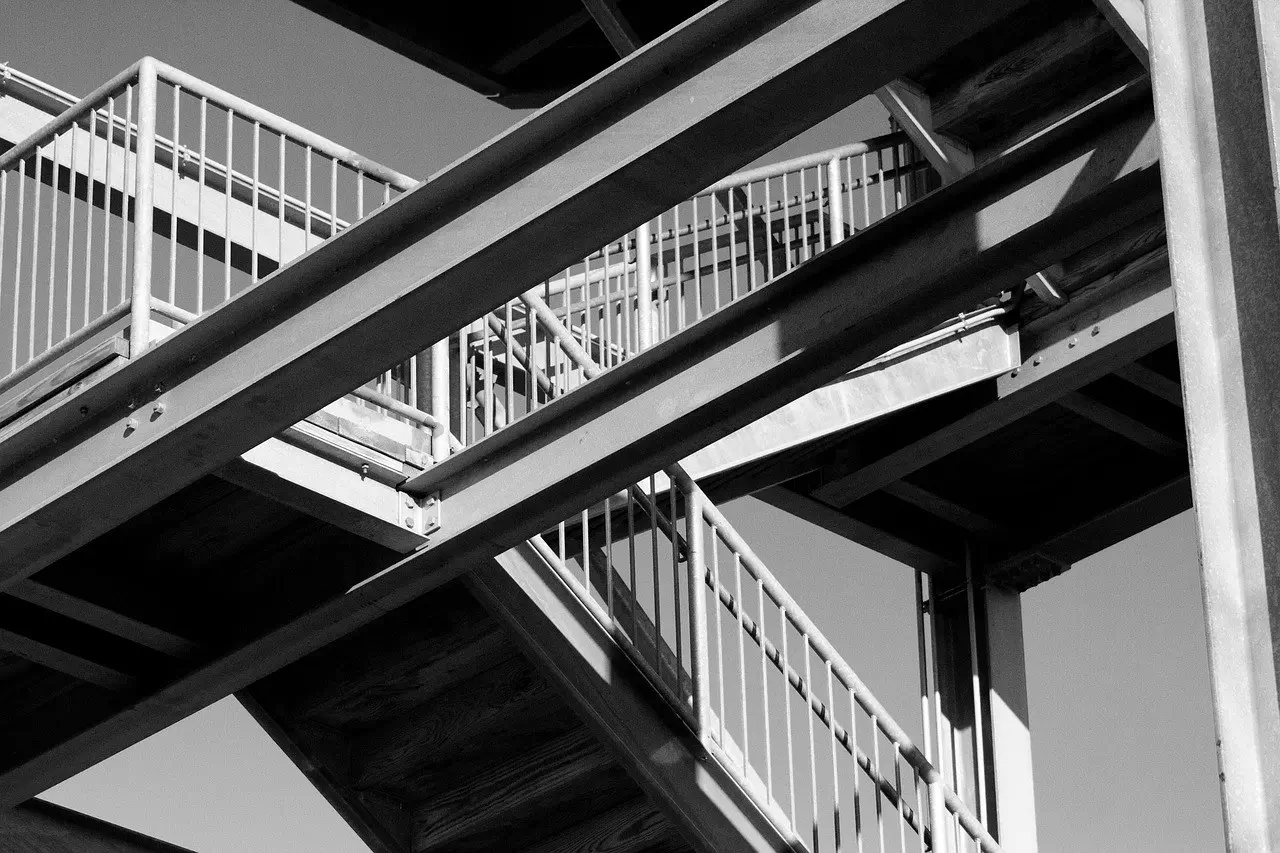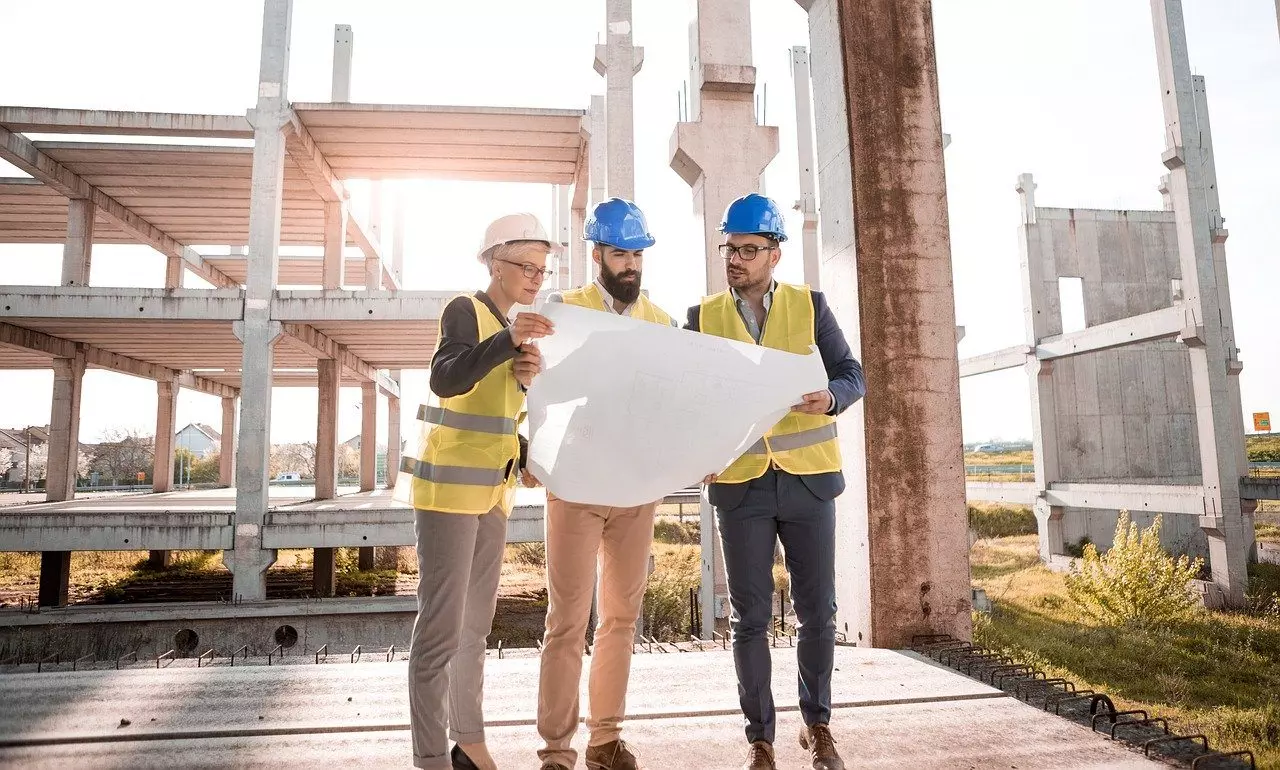How are Universal beams used in construction? (I or H beams)
If you are planning an extension or loft conversion to your home or business then you may be asking: How are Universal beams used in construction? Universal beams (I or H beams) are essential for many construction projects.
Uses for I Beams
I Beams, also known or referred to as W, H, Wide, Rolled Joist or Universal beam, is structural steel beams used in buildings.
They play a crucial role in structures as they are support members. Beams such as this can withstand a variety of loads of various sizes and densities.
There is genuinely no force of beam stronger and more durable than the I Beam. They provide stable support and foundations for any commercial or industrial structural steel building projects.
Steel I beams are used in various areas on a construction site; generally, they are often used to support any vital elements, for example, frames. There is a suitable style and type of I beam for any construction purpose you may discover.
Whilst more commonly used in commercial and industrial projects, you can also efficiently use steel beams in homebuilding. Steel products carry more depth and weight than lumber, so using them to fix your home's construction issues may be a smart idea, as they aren't used to buckling or breaking.
Engineers can install various steel beams in load-bearing walls, above windows and door openings and above garages.
They are useful to service for floor structures like hot tubs on decks or also for roof structures.
Some engineers offer to install steel beams to help customers protect their homes and shield them from harsh weathering, pest infestation, and rotting.
Can Bear High Loads
I beams bear high loads. They withstand enormous weights and due to this and their overall structure. So using I beams reduces the number of support structures and mechanisms needed.
Its designed shape allows it to bend instead of buckling or breaking under heavy materials' tension and pressures.
I Beams Available in Various Dimensions
Strength being the case, I Beams come in different weights, sizes and dimensions to accommodate all kinds of loads.
They have several other forms and types (I, W, H, UB, RSJ), and these are all of various dimensions and shapes.
Their sections depth, web thickness and flange width are also widely varied so that they may carry out many purposes and correctly assist the structures needed for the job.
Beams for specific jobs depend primarily on the mass and stiffness to prevent the cause of vibrations throughout the building, especially in sites and structures that are highly sensitive to vibrations, for example, offices and libraries.
Offers Even Weight Distribution
I beams offer even weight distribution. Across a single beam length, weight distributes on it evenly, most of the weight focusing heavily on the centre of the beam, known as the web.
The beams are often of a thickness that allows for very even spaced pressure. The web is the basis of an I beam, and it can often be the thinnest part. They can be used as both beams and columns, depending on the applied load.
It would minimise any deflections; for example, if one were designing a steel frame intended to hold a glass panel, little deflection could prevent the glass from fracturing.
We must consider deflections for each different structure made, which is why most beams have a cross-section area consisting of minimal material whilst still managing to achieve the correct, desired shape.
Most I beams are in the axial fibres; this is the beam's location subjected to the most pressures and stress. Little material is in areas that are much closer to the neutral axis. The wide flanges are where most of the material concentrates, which balances out the structure.
Although confident in their ability to hold weight and bend when necessary, this is often an issue in different designs.
For example, beams such as these do not respond well to the laminate composite plates' bidirectional bending.
They show much resistance to twisting, and under torsional loading, can undergo much warping of their initial structure because of the differently shaped cross-section. The tension is distributed very.
Differently, some abstract structures have zig-zag formations, and the I beam does not accommodate this cross-section. However, only when the bending is unidirectional and parallel to the web do they function efficiently at their job.

Used in Custom Steel Fabrication
Structural steel construction projects commonly rely on universal beams as they are incredibly versatile and can support various aspects of construction work for supporting large masses.
It is far easier to use I beam for these jobs during welding processes and custom structural steel fabrication for all kinds of construction projects.
Steel fabrication is a procedure wherein steel bent and shaped in numerous ways. It is transforming raw steel into a product or material that we may use during or for construction.
When it comes to fulfilling orders and meeting the deadlines of any task or project, this is the most efficient way of getting things done.
Recyclable and Cost-Effective
Steel construction items and products are highly reusable and recycled several times.
Once melted down, the hot rolled steel is mouldable and be bent, shaped and cut into new beams for use on another construction project. No matter how long we use steel, its strength is never compromised, and it does not wear down.
Recycling this steel for reuse helps massively reduce the savings of costs in general and on production expenses. It also saves time, energy and materials, as we aren't letting any metal go to waste.

What are Universal Beams?
Universal Beam or I, H beams are used predominantly for structural steel buildings. They offer support and foundation for any commercial or industrial building that is taking place.
These beams withstand all kinds of masses and loads due to their ability to distribute weight evenly and tackling bigger loads by bending. It has been called the name 'I Beam' because the shape at its cross-section at both ends resembles an 'I.'
Universal beams have many uses during construction work and are highly versatile; columns, bridges, holding frames and panels in place.
What are Universal Beams Made From?
Most Universal beams use structural steel; however, some are of aluminium. The beam includes two horizontal planes, these are known as flanges, and the flanges connect through one significant vertical component known as the web.
Structural beam made from aluminium from low-alloy steels and these steels exist to allow for many varying purposes and structures, such as buildings and their frames, bridges, etc.
How are Universal Beams Installed?
You can install universal beams in various ways'the most common being through using a steel beam lifter. The steel beam lifter has four wheels that are locked to stop any movement.
They raise the lifer's arm and push on the braces using the pivot lever designed to ensure it is closed. Lifting the back leg, the engineers will use pins to lock in each different section.
Placing on top a beam plate of which the beam will sit during installation. A handle is secured and turned all the way so that the beam plate can reach the beam.
Engineers will then move the beam onto the beam plate all the way across till it sits in the centre and the weight distributes evenly. At this point, they may raise, turn or lower the beam safely for instalment.
Similar structures are 'Genie Lifts.' Genie lifts are light-weight and portable, much like the steel beam lifter. They often have stood on either side to horizontally attach the beam to and slowly raise it to achieve the desired height.

Are you looking for RSJ steel beam suppliers in London and the surrounding areas? Follow the link below to discuss your project.

